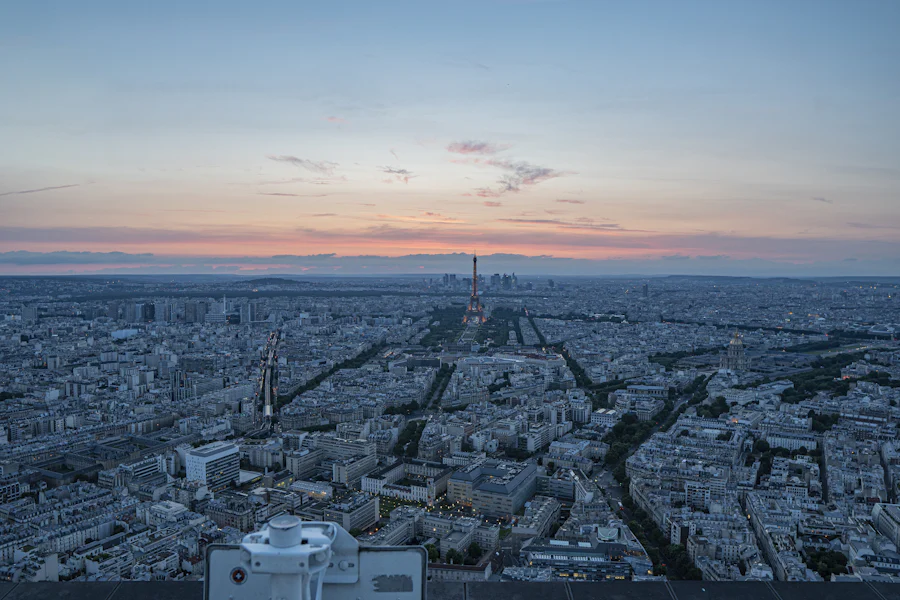
by Caitlin Vance
When friends and family come to visit, I encourage them to procure a pocket neighborhood guide (commonly called Paris par arrondissement, or Paris by neighborhood) from a local newsstand so they can learn to navigate the city a bit on their own. “You can do it!”, I cheerfully tell them as they venture out for the day.
But they inevitably seem confused when flipping through the handy book’s pages, which consist in area maps of Paris’s 20 neighborhoods, or arrondissements. Their puzzlement is justified, even though it’s surprising to someone who has the advantage of having spent ten years in the city and absorbed its counterintuitive, spiraling layout as perfectly normal. This article is designed to help demystify the Parisian landscape, hopefully giving you a sense of how it all works ahead of your trip so you can use the aforementioned (and very useful) pocket guides with confidence, or even get a sense of where you are by reading street signs.
How it Works
Leave it to good old Emperor Napoleon III to come up with such a dizzying way to divide the city into districts. In 1860, he cut up Paris into the 20 arrondissements we know and love today. As you can see from the map pictured here, the 1st arrondissement is smack in the center of the city, near the Seine River’s right bank (rive droite). From there, the arrondissements spiral out in clockwise fashion, a bit like the pattern on a snail shell (so say the escargot-loving French, anyway).
As you can also see from the map, the arrondissements with the lowest numbers are tightly packed near the city center and around the right and left banks of the Seine, while the other arrondissements continue to spiral outward. Accordingly, the 12th through 20th arrondissements are all on the outer edges of the city.
If you can remember this basic rule, you can easily get a sense of how far or close you may be to the city center. Here’s how: almost every street in Paris will have metal signs (usually affixed to a building on the corner) showing both the street name and the arrondissement number. Follow this to figure out which neighborhood you’re in, and then use your map (preferably the arrondissement guide recommended above) to situate yourself.
So if you happen to find yourself on Rue Elzévir in the 3rd arrondissement, you know you’re not terribly far from the city center. You also know that the 2nd arrondissement will be just to your west, and the 1st and the 4th districts just south of where you are.
This all admittedly takes some time to get used to, but once you get the hang of it, you will, mark my words, master the spiral system. Bonne chance!
Feeling a need to get a sense of Paris’ riches from an expert before you strike out on your own? Make sure to lock in deals on some great tours of the city: Try our Skip the Line Eiffel Tower tour for only €40 (usually €59).




